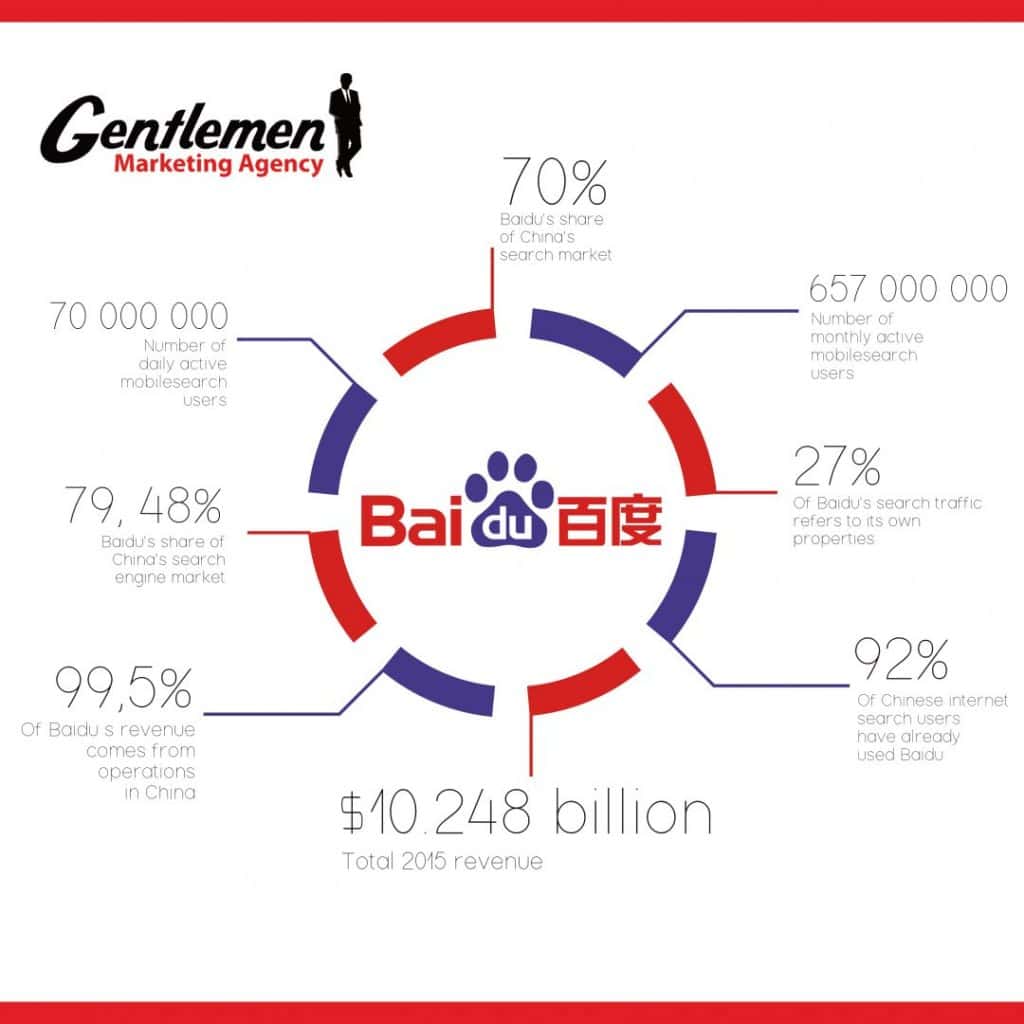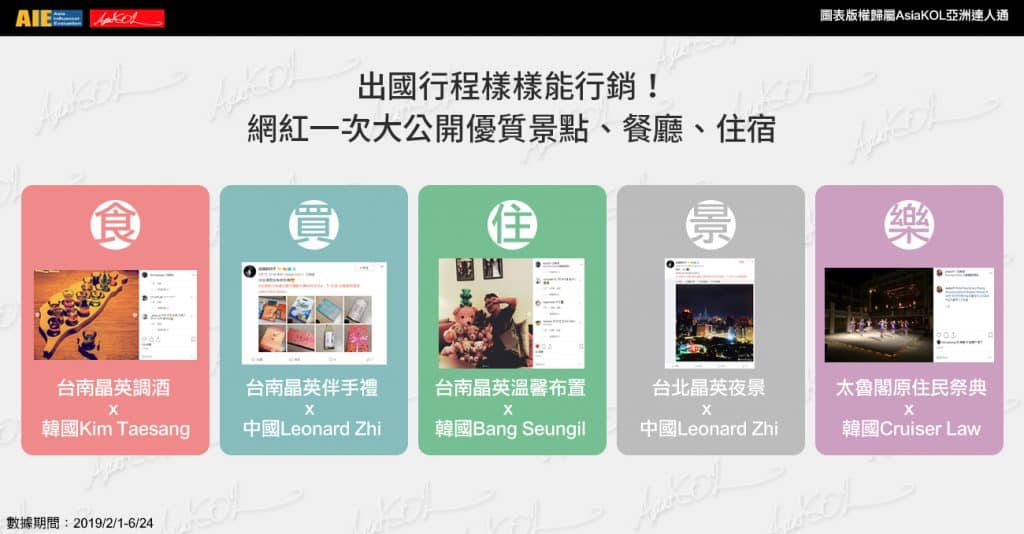China Outbound Tourism Takes off in Saudi Arabia
The Chinese want to see oriental landscapes!
After a turbulent political history, the country is beginning to restore its image in the eyes of the world. Saudi Arabia opens its borders!
The country is occupied by 33 million inhabitants which makes it the largest in the Arabian Peninsula and for that reason the country has an area of 2,149,690 km2. Arabia is a Muslim country. It is home to two of the most important places of religious worship :
These places of worship are also the places of pilgrimage arrivals. The most believing and wealthy Muslims from all over the world go there. It is a tradition to make this pilgrimage at least once in one’s life.
This is why Saudi Arabia has never really stopped receiving visitors. Every year believers from all over the world come to the place that is sacred to them.
Saudi Arabia a great destination for Chinese tourists
China has a large Muslim population, it is estimated that about 2% of the population is Muslim. In such a large country, this represents 21,667,000 Muslims in total. All these people dream of going to Saudi Arabia, precisely to visit their sacred land or simply to immerse themselves in the culture of this country.
In fact, 22% of the inbound tourism in Saudi Arabia comes from China.
China is the fourth most popular tourist destination in Saudi Arabia. However, an important detail to remember is that it is young people who are more inclined to travel there. Indeed, 36% of Chinese tourists in Saudi Arabia are between 18 and 34 years old.
Tourism Director Ahmed Al Khateeb, conveyed the message that Saudi Arabia was ready to open its doors to the world in 2020.
He even added, “you won’t find a warmer welcome anywhere in the world.”
Young Chinese people are traveling more and more to Saudi Arabia, what a great opportunity for a company. Whether you are a hotel, a tourist agency or anything else, you have to act!
Several questions need to be raised :
– How can you be seen by your potential customers?
– How to attract them?
You must have the answer to this question in order to begin to consider turning to the Chinese market.
The tourism sector is very specific. This sector more than any other is becoming more and more “connected”. Companies in the market are starting to consider a whole new digital marketing strategy, which is becoming necessary nowadays.
How can you be seen by your potential Chinese customers?
The tourism sector is full of competitors. The first thing you have to make sure you stand out from them. Standing out from the crowd is often a difficult step for businesses. It is even more complex when you are not well informed about the tools you have at your disposal.
China has its own tools. All companies need to tame them in order to gain access to the Chinese public.
Baidu
As the document shows, Baidu is the most widely used search engine in China. This tool can make your company visible by 70 000 000 people per day!
So ready to know everything about Baidu?
Baidu is a search engine built on the basis of an algorithm that has certain criteria.
Different SEO techniques will help you to optimize the ranking of your website in search results.
How to do SEO Baidu?
- For starters, Baidu better references sites that are hosted on Chinese territory. A license is also to be obtained. The Internet Content Publishing (ICP) is a license that assures the value of your content, otherwise, Baidu will not consider you a quality site.
- Meta-data is an essential factor on Baidu. Be careful when filling in your meta description for example. 200 words maximum. For meta keywords, it’s 100 maximum. But you already know that you are already doing it for google, or are you? 😉
- Titles and subtitles should be written carefully as these are the ones that will be analyzed by Baidu. Make sure they are clear and refer to the general idea with keywords.
- Your URL should also be changed if possible. It should be short so that it is only the keywords referring to your website.
- Your URL should also be changed if possible. It should be short so that it is only the keywords referring to your website.
In order to deepen your learning of the tool, a complete article is at your disposal here.
How to effectively attract Chinese travelers?
Once that you master Baidu, you will have to hold your attention. To do this, it is important to know your audience.
The Chinese, especially, in this case, the younger ones attach a central place to the content, and more particularly to the visual of a site.
The first thing to know about the content of your Chinese website is that it must be written in Chinese. It may seem trivial but no Chinese will make the effort to translate your web page…even if it is in English!
On the other hand, storytelling is an essential strategy to be used especially in the tourism sector. The Chinese population loves storytelling. They allow you to gain transparency and thus gain their trust.
Do you want your storytelling to have even more impact?
They need to be told by people whose opinion is followed by a large number of people.
KOL
Key Opinion Leaders (KOL) are the people you need to contact in order to increase the value of your brand image.
The goal of the game is to get them to take advantage of your services so that they can talk about it.
Indeed storytelling will have a much greater impact if it is done by a KOL. These people are followed by many people they call their “community”. This gives them an undeniable power of influence.
If you want more details about how to feed your website, check out this post.
Do not hesitate to contact us. Gentlemen Marketing Agency is specialized in digital marketing. We could see together which new strategy you need to consider. It will be a pleasure to accompany you in your conquest of the tourism market in China.










